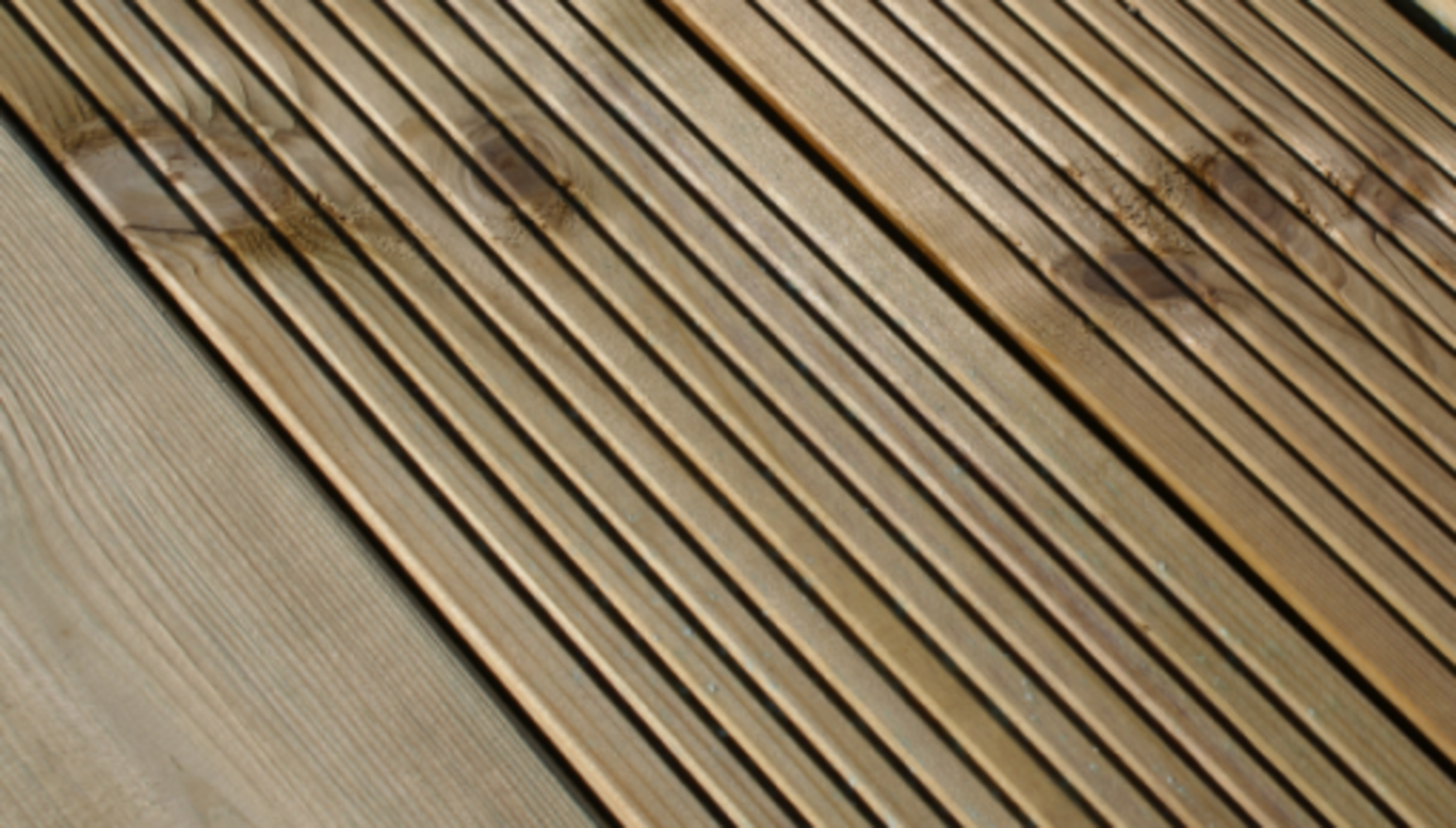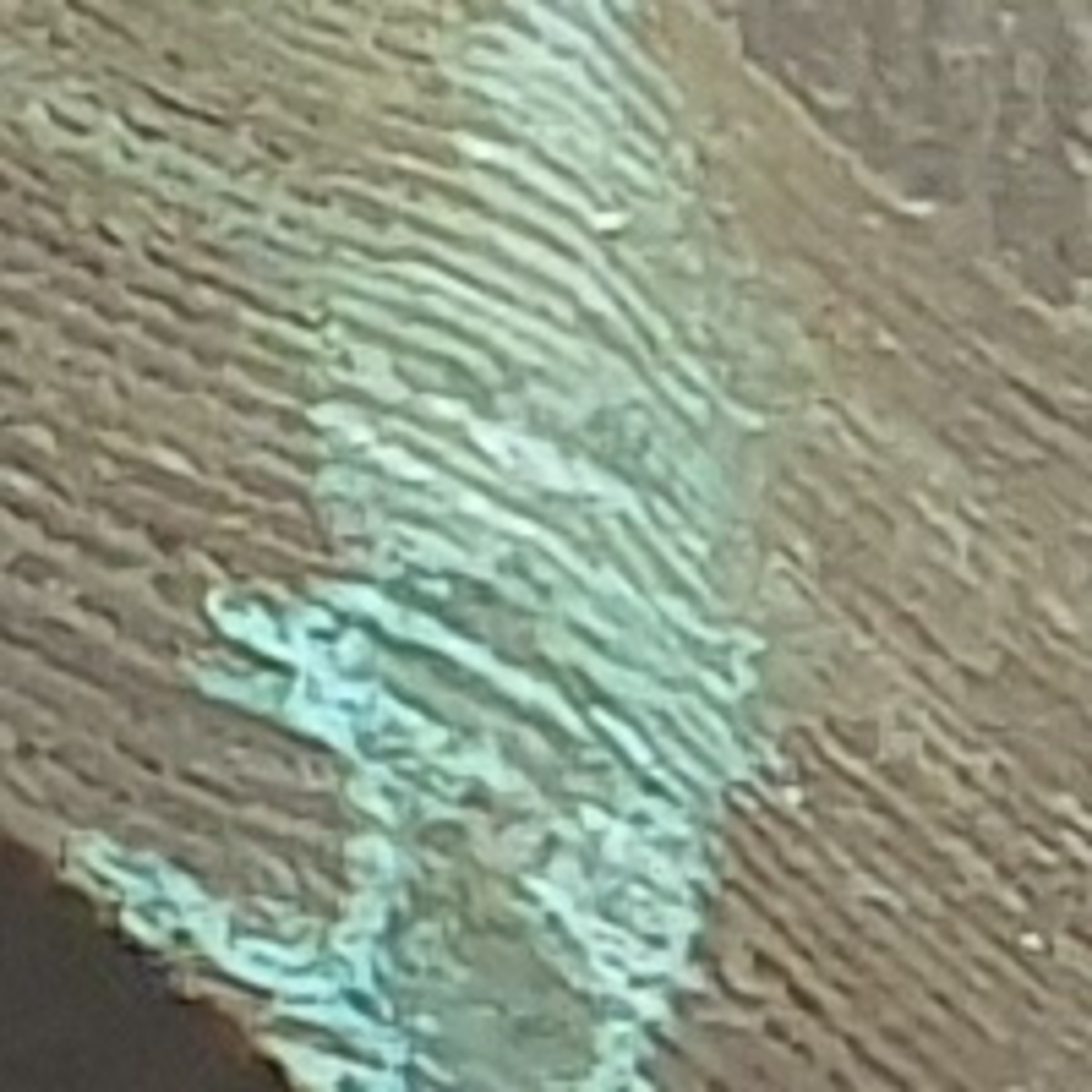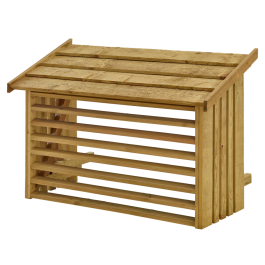
Wood preservation by pressure impregnation: pressure treated wood
Wood preservation is achieved by impregnating fungi and insect repellants. A lot of wood that is used outside is impregnated. This is often done with the aid of a pressure vessel, in which the wood is brought under vacuum, after which the impregnating agent is added. Due to the vacuum, the agent will be introduced into the pores of the wood.
Depending on the quality of the impregnating substances used and the duration of the treatment, impregnated wood meets the application class 3 or 4 (note, the application class is opposite to the durability class!).
- Application class 3: wood exposed to weather conditions without ground contact, then you need durability class 1, 2 or 3 if impregnated class 3.
- Application class 4: Wood exposed to weather conditions with permanent ground contact, then you need durability class 1, 2 or 3 if impregnated class 4.
In short, wood that is mentioned on our website as impregnated wood class 4 is application class 4, with a durability of 15 to 25 years.
It is important to know that impregnated wood consists of many different qualities ... Many cheaper impregnated wood products, have a lower durability because the quality of the impregnated materials is lower, or because impregnation is done quickly so that the substances penetrate the wood on the surface only. Faster is cheaper, but certainly not better for the quality of the preserved wood!
How do you know if you are buying properly impregnated wood?
Unfortunately there is no answer to this without research in a laboratory. The chemical composition of the substances in the wood can only be determined there.
To get an impression of the duration of the impregnation you can saw through the wood, with well impregnated wood the wood will be deeper discolored, but to be able to compare that without experience you need "bad" and a "good" product to compare both side by side to see the difference ... No product will be discolored to the heart, that is almost impossible.
As a consumer, you can best rely on the reputation of the manufacturer. Is the manufacturer unknown or do you buy the wood on "Sales"? Be carefull, it's probably very cheap impregnated wood! Unfortunately, quality still has it's price ...
What color is impregnated wood and why does it have green spots and stripes?
The standard color for impregnated wood is a bit greenish. This is due to the copper content in chromium-free impregnating agents that turns green in contact with air. This can result in stripes and green spots on the knots or other irregularities in the wood. These spots and stripes fade with time. Nowadays, some impregnated wood can also be supplied with a brown or gray tint. These color shades are only produced in very small quantities and by no means for all products. The standard color is therefore brown/green.
Over time, the color of the wood fades under the influence of the sun and the wood will become a light brown color and eventually it will turn gray, just like all untreated wood types.
The impregnated wood I received is thoroughly wet, with black spots and moldy!
Impregnated wood is impregnated with the impregnating agents and therefore becomes very wet indeed. Due to the high turnover rate of our staircase stringers, for example, these are packaged wet by the manufacturer. We unpack these in our warehouse and place the impregnated staircase stringers on special drying racks to dry them as much as possible in the free air.
Due to the high demand for staircase stringers, we often unfortunately do not have enough time to dry the wood completely and so we ship your order immediately. This can do no harm, the impregnated wood will continue to dry.
If the wood is still very wet, it might have large black stains on it and some customers may think that the wood is already rotting ... Don't worry, these stains will disappear within a few weeks after drying and often you can just brush them away with a brush or a cloth!
Certainly when the wood is wet, it can also show large white, flaky spots that some customers regard as mold ... However, this is not a mold, these are salts that are present in the impregnating agents and when drying, these salts come out of the wood with the moist. Again; don't worry, these stains will disappear within a few weeks after drying and you can often just wipe them off with a brush or cloth!
in the deck stairs kit.
The impregnated wood I received is thoroughly wet, with black spots and moldy!
Impregnated wood is impregnated with the impregnating agents and therefore becomes very wet indeed. Due to the high turnover rate of our staircase stringers, for example, these are packaged wet by the manufacturer. We unpack these in our warehouse and place the impregnated staircase stringers on special drying racks to dry them as much as possible in the free air.
Due to the high demand for staircase stringers, we often unfortunately do not have enough time to dry the wood completely and so we ship your order immediately. This can do no harm, the impregnated wood will continue to dry.
If the wood is still very wet, it might have large black stains on it and some customers may think that the wood is already rotting ... Don't worry, these stains will disappear within a few weeks after drying and often you can just brush them away with a brush or a cloth!
Certainly when the wood is wet, it can also show large white, flaky spots that some customers regard as mold ... However, this is not a mold, these are salts that are present in the impregnating agents and when drying, these salts come out of the wood with the moist. Again; don't worry, these stains will disappear within a few weeks after drying and you can often just wipe them off with a brush or cloth!










